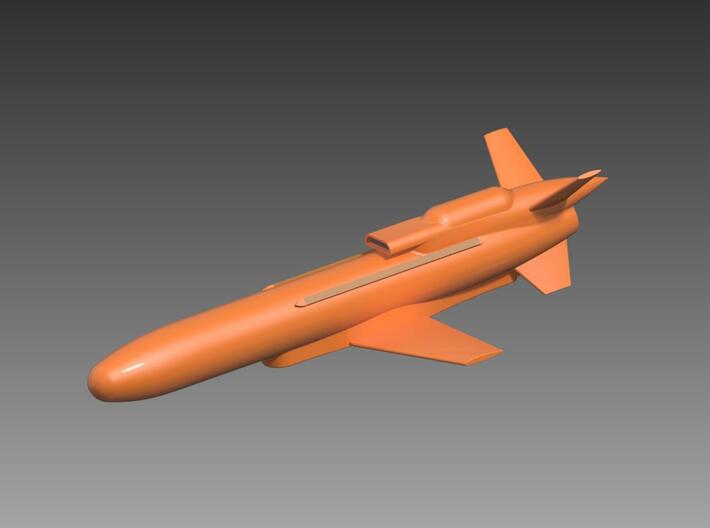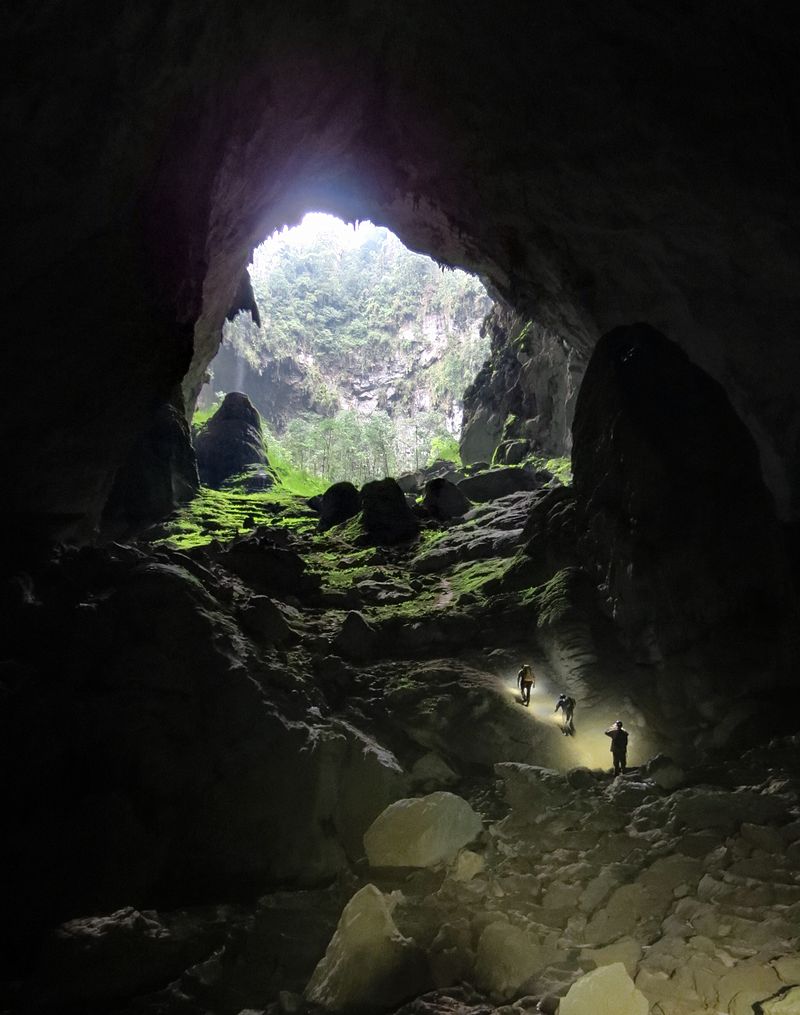From the start the initiative and activation mechanics have fascinated me. Even as a teenager, I always wondered why games like Warhammer had simpler/less interactive activation than games like checkers. Most rules were clear on the
how -
how to shoot, move, melee etc - but tended to cursorily skip over the
when. And the
when is just as important.
When someone shoots matters a lot to the target; if his head in below the trench at the time, or above it....
This topic is in my head at the moment as I experiment with aerial/space dogfight games. More precisely, the
certainty in activation. How predictable is your turn? How far can you (and should you) plan ahead?
Let's skip through a few common activation types, to orientate ourselves
. Blog regulars will probably skip this next bit and go to the next main heading.
Common Activation Systems
IGO-UGO
This has a
high level of certainty. You get to move, shoot etc - resolve all actions with all your units - without the opponent being able to intervene. Your opponents stand around like dummies as you can act with everyone, without any interference.
The upside: it is simple to track whose turn it is. And you can go off for a toilet break in your opponent's (usually long) turn. Popularized by 40K, this was once the default activation, but is less common now.
Alternate Move (aka similar to Chess-style move)
This has
less certainty then IGO-UGO. Each player takes turn moving a single unit each, until each side has activated all its units. This allows more interference and organic "reaction" to your opponent; he moves and makes all the actions with a single piece, then you respond. It's still pretty
predictable as you know
who is going next, and you get to choose
which (of the so far un-activated) units go next. Probably the most popular nowadays.
(It's not exactly like chess, as chess allows you to move any single piece as long as it's your turn; alt-move requires you to act with every piece in your army before you can act with a unit - aka piece - a second time),
Group Move
This is a
mix of the above two styles; players take turns moving clusters of units (i.e. 3-5 bases in a platoon, or squad, or even members of a fire team). One player moves a group of 3-4 models, then another player activates with a group. Usually each group makes all its actions, then the next player acts with his cluster or group of units. Unsurprisingly, this method is more predictable than alt-move, but less so than IGO-UGO.
Reaction Moves
Some of the above methods have some sort of baked-in method of reacting to opponents; often forfeiting their turn to fire later (overwatch). However some games have strong reaction mechanics where units can react quite often (sometimes an unlimited amount of times) to enemy actions, giving a huge scope for
interrupting enemy turns and making them less predictable.
Momentum (chaining activations)
I've explored this topic
in more depth, but basically it is alt-move, but offers the player to "chain" or "follow on" by acting with a second unit without allowing the opponent his action. A bit like player A moves a unit, but he does not want Player B to have a turn with one of his, so he (in some way, maybe by passing some sort of leadership roll) "follows on" and Player A then acts with a second unit in a row, without letting Player B have his turn. A bit like in, say, chess, if the white player moved a piece, then move another piece without allowing black to move his - basically, messing with the "normal" move sequence.
Okay, now we know some common systems. Let's talk about sequencing.
Predictability in Sequencing
What I mean by sequencing, is the order units activate. Is the order units activate dictated by the player, or by chance?
How far can you plan ahead?
Games like chess have a
predictable sequence - you freely choose
which unit to activate. A game like
Savage Worlds where each unit is assigned to a card and acts when its card is drawn is
random. You have to act when your card comes up; you don't get to plan ahead for the best time to activate the unit, you have to do the best you can if and when your card turns up. Whereas most games, you can
choose which unit acts next. Some game devs like Too Fat Lardies allow
semi-random sequences; they roll a dice and you can choose between certain (but not all) units which meet the dice roll criteria.
This topic has been one I've considered a bit lately, due to many aerial games making initiative/move sequence in order of best pilot->worst pilot or vice versa. This is a quick, easy way to emphasize good pilots, but makes dogfights quite
predictable - you
know the move order ahead of time, allowing Chess-like "thinking ahead" and squadron-wide teamwork in a way that is nothing like the chaos of a real dogfight, facilitating cheesey tactics like co-ordinating and focussing down rookies first, so you can outnumber the enemy elites.
Enemies (from the non-active player) can also
interrupt the sequence with reactions - in many cases reactions are limited (i.e. you trade entire move for the ability to fire in enemy turn aka "overwatch") but sometimes they are very strong - in
Infinity reactions are unlimited; each time a unit activates in line of sight,
every opponent can fire at him. They can do this
every time, every opponent acts (unless prevented by being suppressed etc).
Sometimes units can
seize the momentum by becoming the active player; perhaps if an active player is hit, the other side becomes the active side. This really messes with the "expected" sequence - we've already discussed this under "chaining" and "following on." Allowing the status of the active player to switch at least semi-unpredictably between players within a turn removes chess-like planning ahead and forces players to "live in the moment."
Predictability in Actions per Turn
I've explored this before; it's how many actions a unit can make when it is their turn. Most units, in most games, can move and shoot; that is
two actions per turn, or 2APT as I will abbreviate it. If a unit is guaranteed to be able to move and shoot each turn, it is very
predictable. But in some games, actions per turn vary quite a bit.
In the post linked in the previous paragraph, I posited that too many actions-per-turn is bad; in making the active player too strong, and allowing them to do too much in their turn. It "freezes" everyone else too long. It's like watching the Flash; he zips around and does all this stuff while they are frozen. But in a wargame, we want to reduce the "Flash" effect and make it seem more fluid. In contrast, a model that can take one action per turn (move or shoot) is more limited. We've broken the turn up into smaller chunks.
However, sometimes we can allow a few actions per turn, but make them unpredictable.
Song of Blades and Heroes does this by allowing players to roll between 1 and 3 dice. Each dice that beats a set score (typically 3+ for elites, 4+ for average, and 5+ for rookies) allows an action. There's a twist as well; two failures means the turn ends, and the other player player gains the momentum, becoming the active player until he too fails in his turn. That said, actions per turn are
semi-predictable, but not completely so. A rookie is unlikely to roll successfully and get all 3 actions, and is likely to get only one. A hero might average 2 or 3.
Besides my dogfight homebrew rules, another reason for this topic is
Inquisitor. I found an secondhand rules set from 2001. It's a RPG/narrative wargame, with d100s and dashes of
Necromunda. But what caught my attention was the activation system. Players activate in order of Speed (this is quickness of movement and thought); i.e. Speed 4 would move before Speed 3 or 2. So quite predictable. However, each Speed allows you to roll a d6. (I.e. a Speed 4 character rolls 4 d6). If you get a 4+ you get to perform an action. I found it interesting in that actions had to be declared in advance
(I've done this in my aeronef rules) and if you run out of actions... ...you just don't get to do all you said you would. It makes the
amount of actions unpredictable. I.e. you might say "my gunner will move to cover here, crouch down, then shoot." The Speed 4 gunner only rolls, 3,
6,
5, 1 - so he only moves, and crouches - but does not have a third action to fire. There is a
predictable move sequence - i.e. fastest Speed to slowest -
but an
unpredictable amount of actions per turn. I think these rules neatly illustrate the difference between the two.
TL:DR
So - we have
uncertainty in activation, uncertainty in actions per turn, and the ability for opponents to
interrupt. All these add
unpredictability. So which is best? More predictabilty, or less...
Is war predictable? Plans always survive contact with the enemy, right? The ability to react to the unpredictable and impose order/execute plans within the chaos of war is a hallmark of good commanding. For example, allowing perfect co ordination in the swirl of a WW1 biplane dogfight seems silly. A more random method such as a random card draw seems indicated. With radios in modern aircraft, co-ordination with wingmen seems likely. Perhaps the ability to "follow on" to a wingman or make a group move would work better here.
However, some games
need predictability. Take
Warmachine. It's a game focussed on super-OP-combos which often need to be "chained." It's more CCG than wargame. Using IGOUGO makes perfect sense - or you'd find it impossible to execute any combos or sequence attacks.
In summary, it's not as simple as unpredictability good, predictability bad -
the amount of predictability can (and should) vary depending on the genre and era. Even how this unpredictability is introduced - be it from unpredictable sequences or amount of actions, or reaction mechanics.
I think the key takeaway is determining where your game fits on the spectrum and picking the right activation to suit.






























